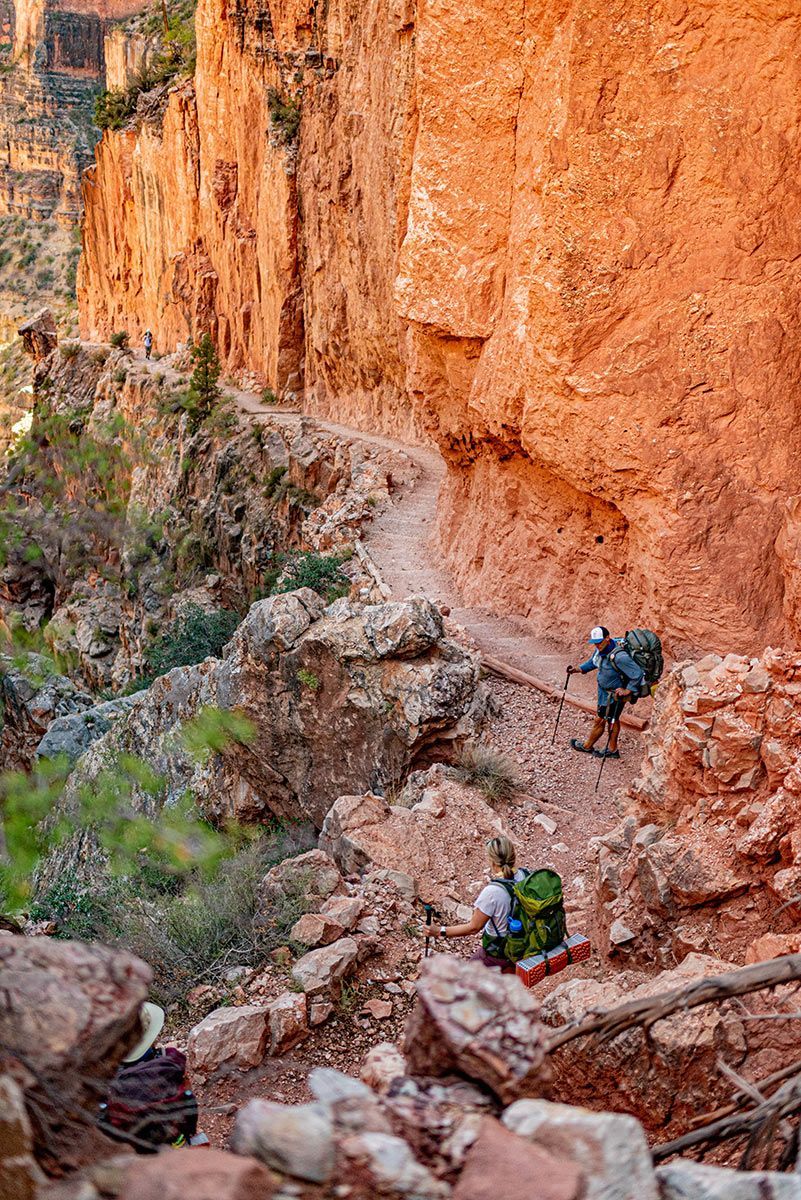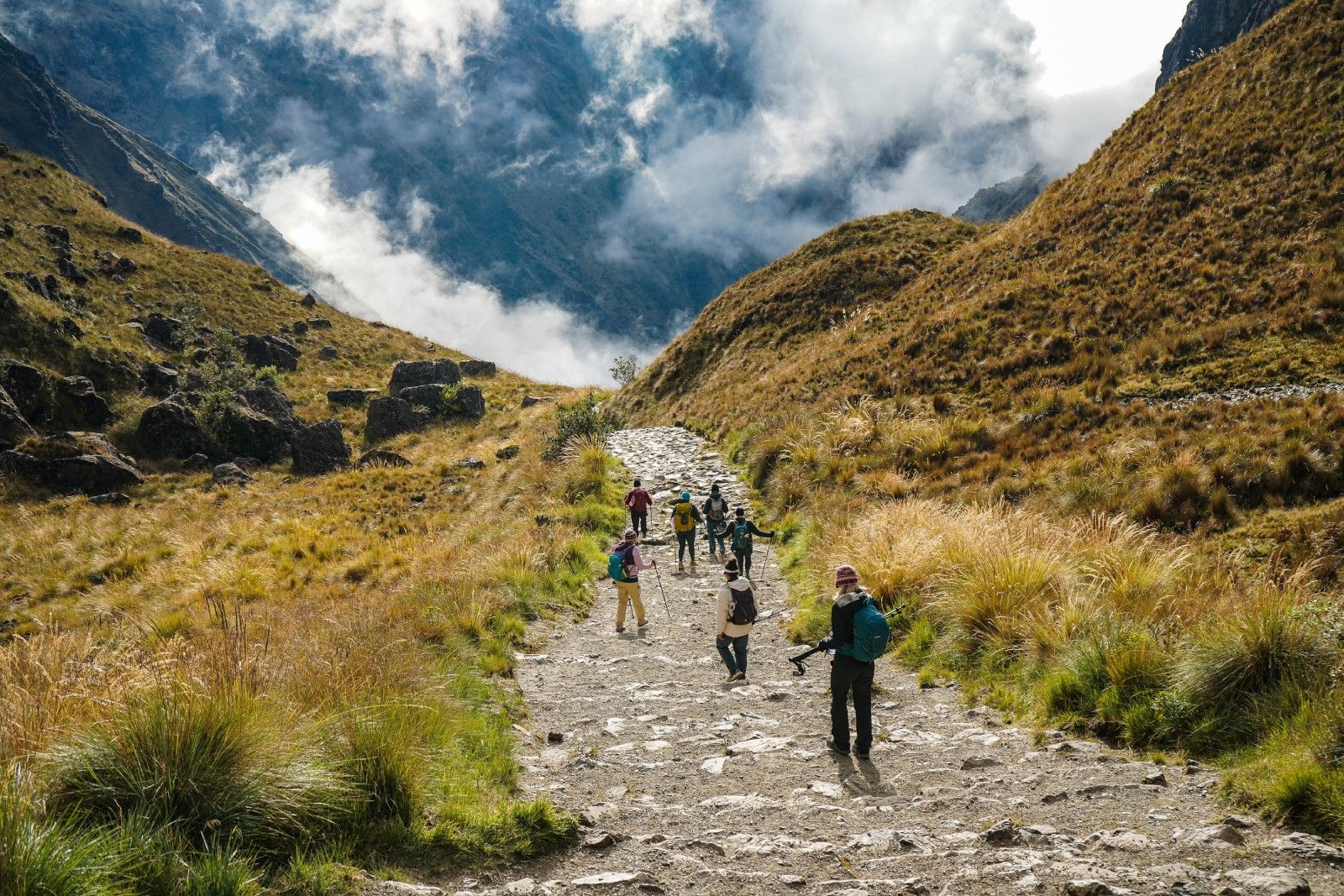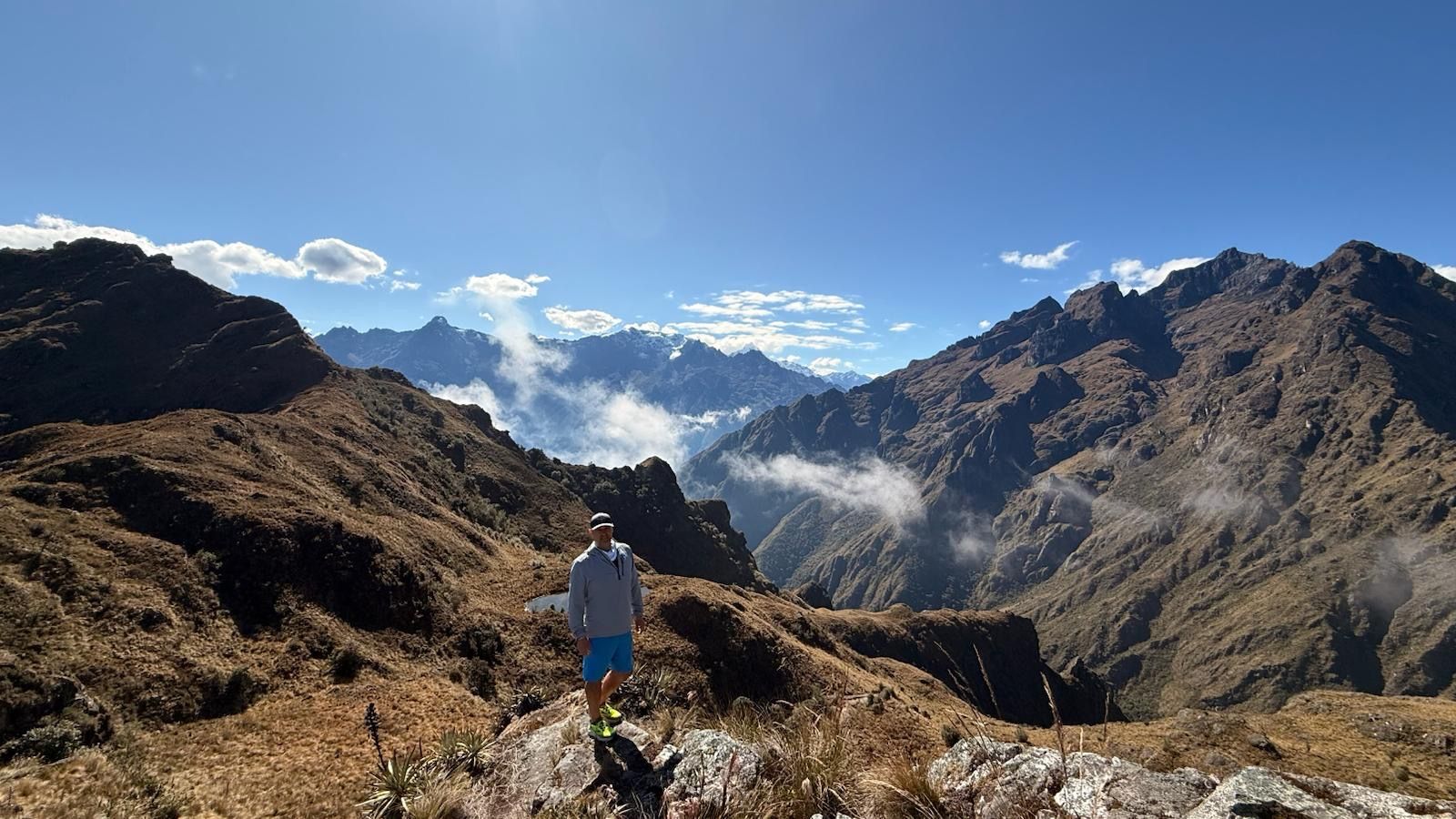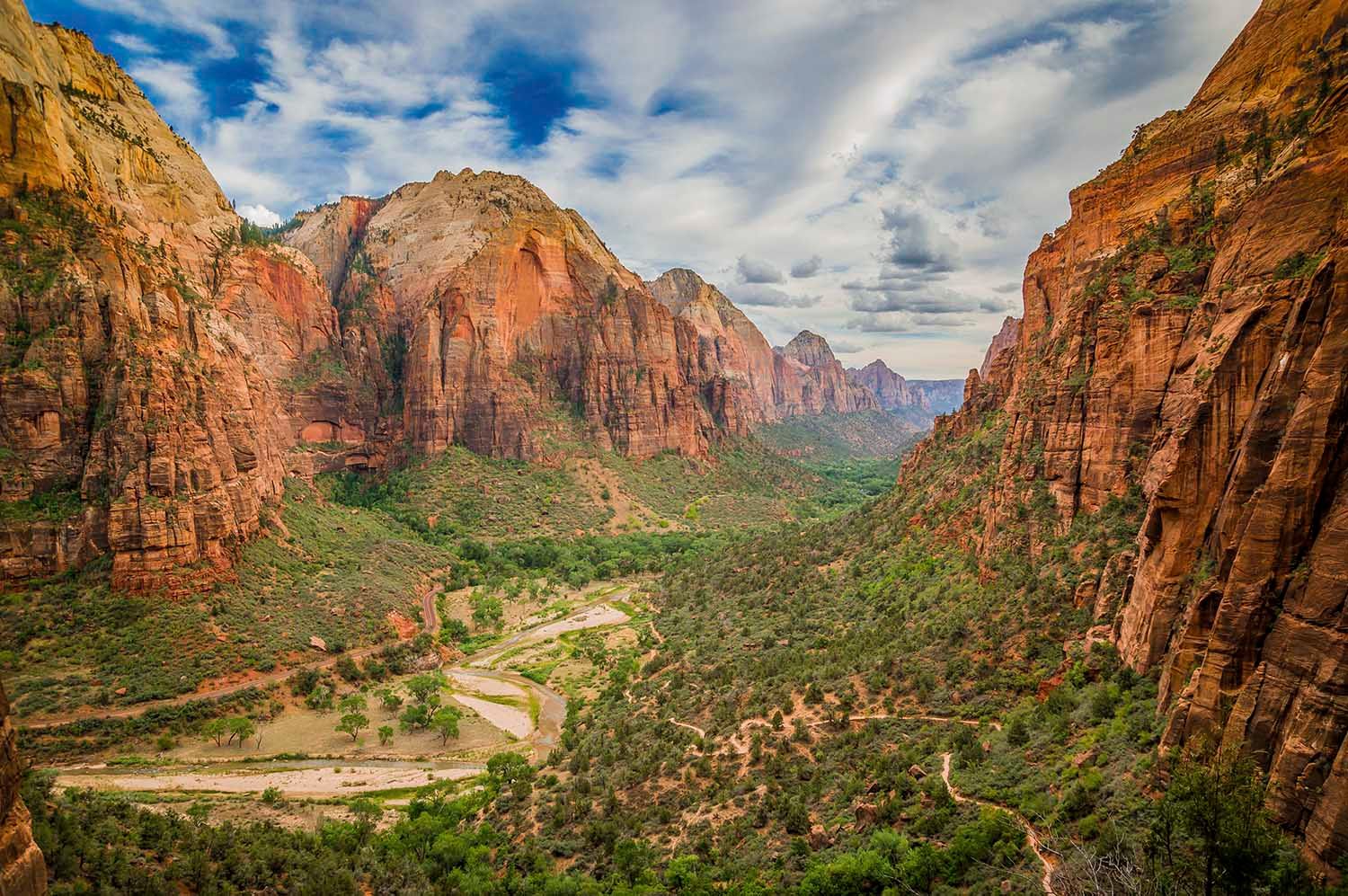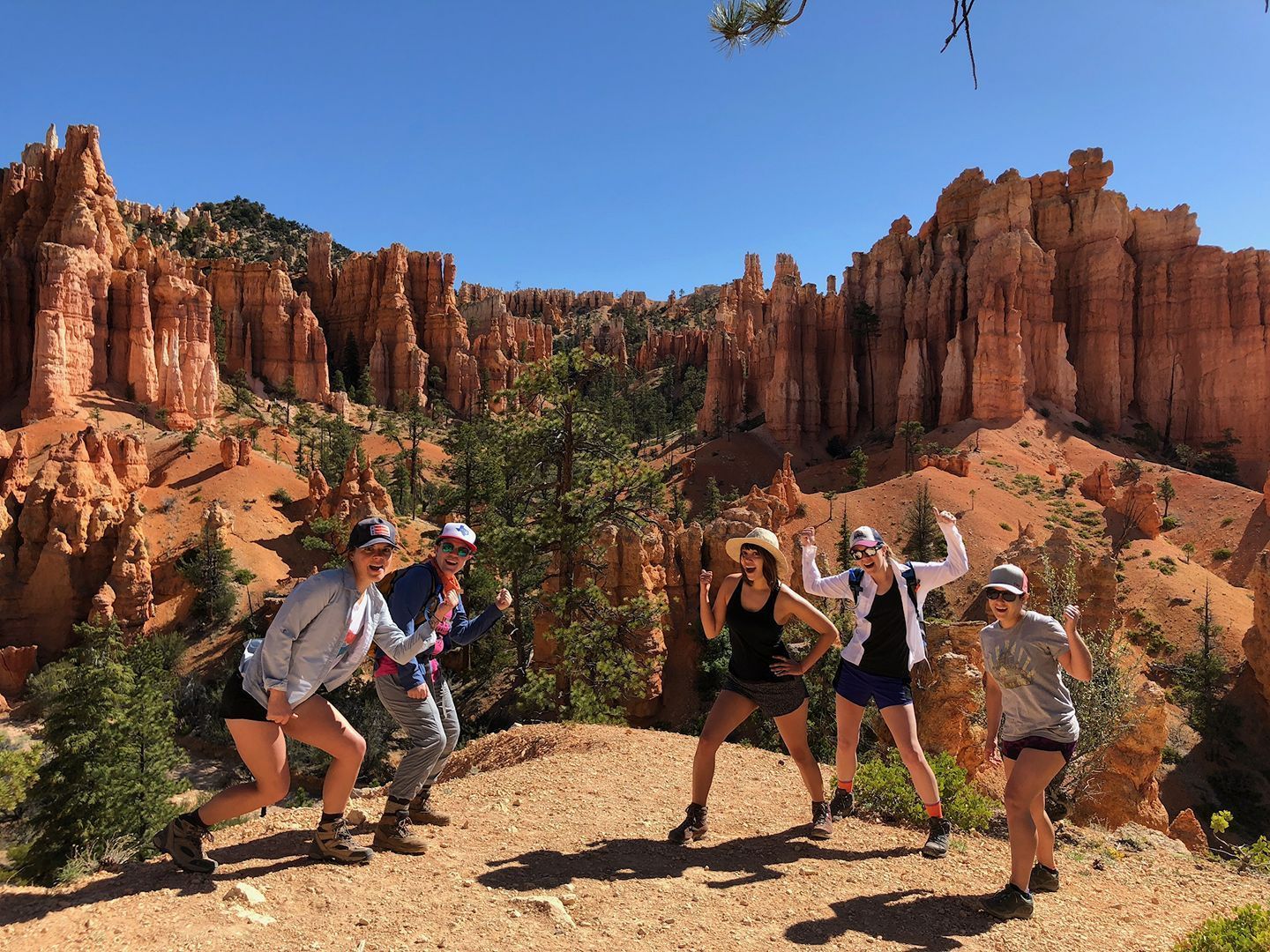A Backpacker’s First Aid Kit
The Second First Aid Kit
This is where you’re going to keep the items that would be necessary for handling more extensive injuries and serious medical emergencies. This can be kept buried in your backpack. If it actually becomes necessary to use these items, you’re likely dealing with an injury that will require stopping for a long time or potentially setting camp for the night:
Including these important items in your kit is a great start but make sure you know how to use them should they become necessary. There are many organizations offering wilderness first-aid and wilderness first responder classes that are both extremely informative but also lots of fun. You’ll learn how handle the most common hiking first aid kit contents
as well as many of the other items already in your backpack.
For any extended backcountry trips, consider adding first aid kit lightweight supplies, a first aid kit ultralight, or even a first aid kit portable for convenience. If you want to cover first aid kit essentials survival or create a diy first aid kit for
hiking, planning ahead is essential. A first aid kit
backpacking essentials checklist will ensure nothing is forgotten, from bandages to a first aid kit day hike for quick fixes.
Finally, for any extended backcountry trip into remote areas, you might consider buying or renting an emergency communication device such as a satellite phone or location device. Most backcountry areas have no cell phone reception, so the ability to contact emergency response systems can offer unparalleled peace of mind.
Planning a backpacking vacation to escape the ‘real world’ for a few days? Sounds like a fantastic idea! Getting away from it all and losing yourself in the wilderness (not literally, of course) is a fabulous way to reenergize, reduce stress, and get some well-deserved exercise. You can simplify your life and disappear for a while with just the bare essentials on your back, exploring America’s most beautiful landscapes.
But make sure those bare essentials include a few that could save your butt should you injure yourself along the way. A well-prepared day hike first aid kit and a larger backcountry medical kit are indispensable for any adventure.
Whether you’re heading out for a quick weekend or a week-long expedition, these items should be in every comprehensive first aid kit hiking. It’s actually a good idea to have 2 kits: a small kit for quick fixes on the trail and a larger one for more serious injuries, like an expedition first aid kit or hiking 1st aid kit.
The ‘First’ First Aid Kit
This will be a small kit that is kept easily accessible in your pack so that it’s handy for quick fixes. Simple cuts, scrapes, blisters, and splinters are all too common on any hike. Keep the following items ready at a moment’s notice:
- Nitrile gloves – protect yourself from bodily fluids if tending to someone else’s injury. Your safety and protection is ALWAYS your number one priority.
- Blister care products – mole skin, blister band-aids, duct tape for blisters, and duct tape and blisters protection.
- Small backpackers first aid kit
- Bandaids – multiple sizes and shapes, consider waterproof types
- Ace wrap & athletic tape – for mild to moderate ankle injuries
- Alcohol wipes and antibiotic ointment – for cleaning and promoting healing
- Irrigation syringe – great for getting dirt and grit out of scrapes and cuts
- Tweezers, nail clippers, trauma shears (very handy scissors), safety pins
- Small ziplock bags – perfect for containing contaminated trash
All of these items should fit nicely in a small, compact backpacker first aid kit. Keep it in a gallon-size ziplock bag to keep it waterproof. This small kit can serve as your first aid kit hiking emergency solution on short treks.
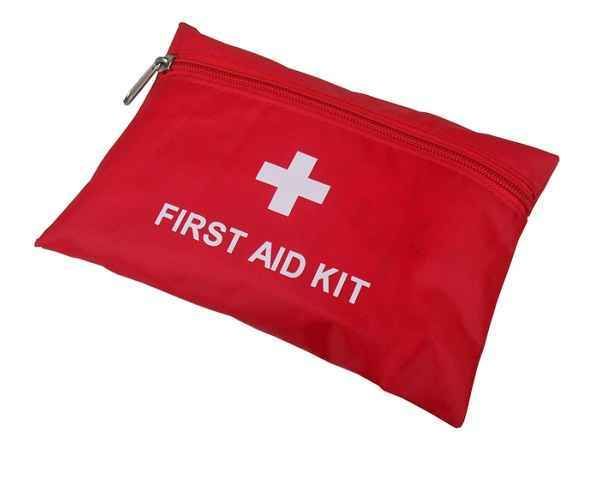
- Quik Clot® or similar- blood clotting sponges, for serious bleeding
- Sterile gauze pads- multiple sizes, for covering and cleaning large scrapes, cuts
- Trauma pads
- Second skin- for burns
- Triangular bandages- for sling & swath for arm injuries,dislocations
- Butterfly strips
- Tincture of Benzoine- helps bandages stick around wounds
- Medications- ibuprofen, acetominophen, antihistomine, aspirin, anti-diarrheal
- thermometer
- CPR mask
- Extra ace wrap, bandaids, athletic tape, duct tape on boots, duct tape boots, duct tape feet, duct tape for feet, alcohol wipes
- Pencil & paper- for taking notes and recording patient vital signs
- First aid kit backpack
- Wilderness medicine handbook
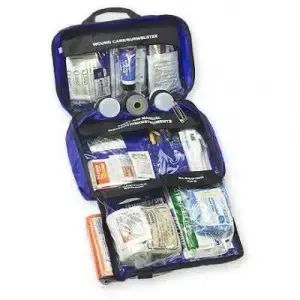
FS Guides Makes Backpacking Safer and Simpler
Does all of this sound a little overwhelming? If you’d love go on a backpacking vacation but are not ready to take it on by yourself, consider hiring a backpacking guide service. They provide all the gear, food, logistical planning, and their experienced guides are more than competent to handle any situation that presents itself in the wilderness. For your next Grand Canyon hiking tour, Yosemite backpacking tour, or Utah hiking adventure, contact the pros at Four Season Guides for the adventure of a lifetime!
Still deciding? Explore our
Google Business Profile Reviews to see why guests love FS Guides’ all-women’s adventures, basecamp experiences, and hiking and yoga retreats.
Four Season Guides, 506 N Grant St suite o, Flagstaff, AZ 86004, United States
+19285251552
35.19653980, -111.62000560
Read More
